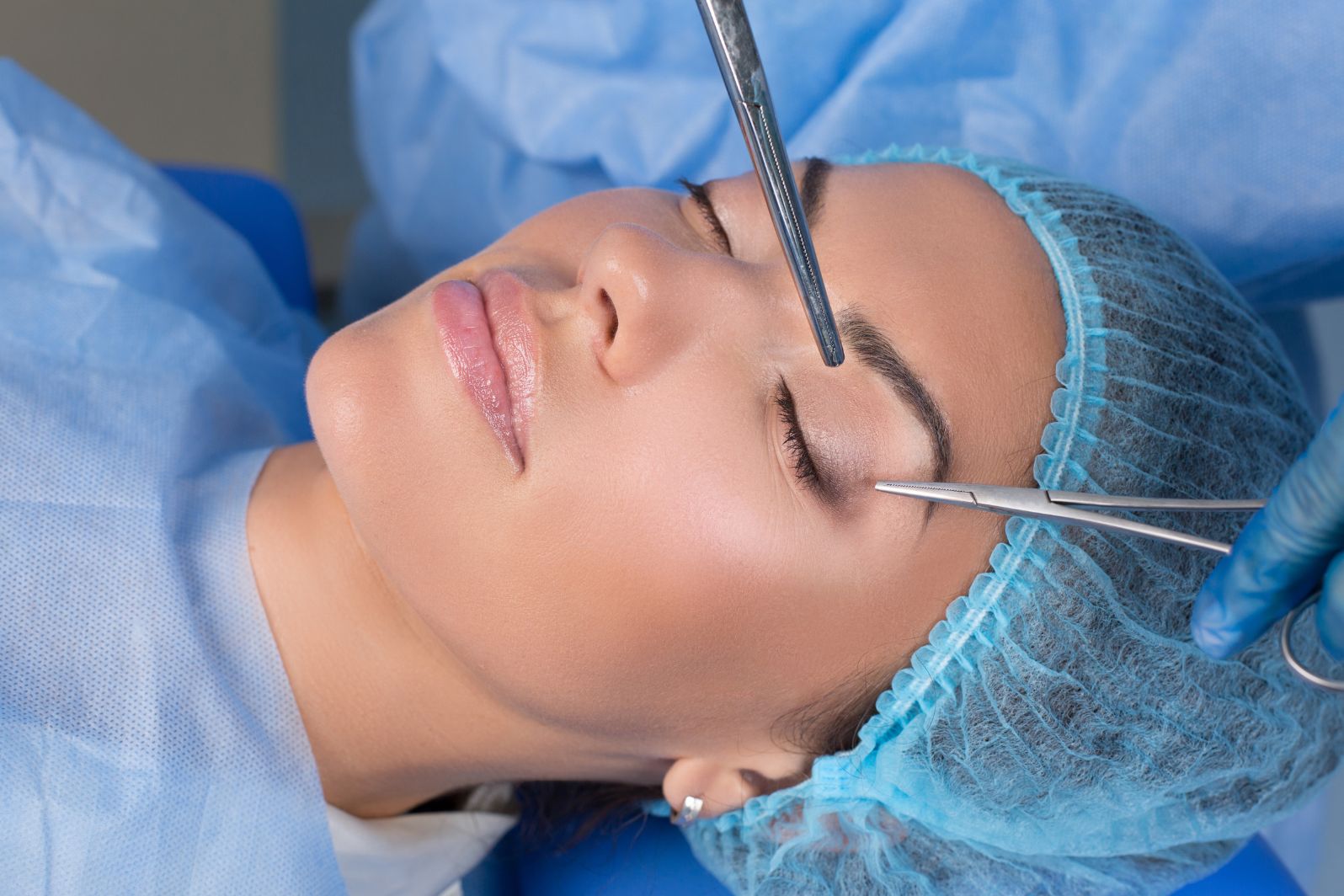Struggling with upper eyelid exposure can impact your confidence and eye health. It can be due to medical conditions like ptosis. Or, it can be due to the natural aging process. Finding the right surgery can transform both your look and your life.
In this blog post, we’ll explore various surgeries available for fixing upper eyelid exposure. We’ll break down each procedure.
We’ll discuss the benefits and risks. We’ll give insights to help you decide. By the end, you’ll have a clear understanding of the best path forward for your unique situation.
Table of Contents
What is Upper Eyelid Exposure?
Eyelids that fail to shut completely leave the eye uncovered. This can lead to dryness, irritation, and even damage to the cornea. Common causes include aging, congenital issues, or conditions like Bell’s palsy.
Types of Surgical Options
There are several surgical procedures available to correct upper eyelid exposure. Each comes with its own set of benefits and considerations.
Blepharoplasty
Blepharoplasty is one of the most common surgical options for correcting upper eyelid exposure. It involves removing excess skin, muscle, and sometimes fat, resulting in a more youthful and functional eyelid. If you consider upper eyelid surgery, consider this Blepharoplasty.
Ptosis Surgery
Ptosis surgery specifically targets the muscles responsible for eye lift. This can be particularly effective for congenital ptosis or age-related drooping.
Canthoplasty
Canthoplasty tightens the lower eyelid. It can be combined with other procedures to fix more complex cases of eyelid exposure. It involves moving the outer corner of the eye. This gives both functional and cosmetic benefits.
The Benefits of Surgical Correction
Choosing eyelid surgery can offer many benefits. It can improve eye health and appearance.
Functional Benefits
Correcting eyelid exposure can significantly improve eye comfort and health. Patients often report reduced irritation, less dryness, and a lower risk of corneal damage post-surgery.
Cosmetic Benefits
In addition to functional improvements, surgical correction can enhance your overall appearance. You’ll likely notice a more alert and youthful look, boosting your confidence and self-esteem.
Long-term Outcomes
Unlike temporary solutions, surgical interventions offer long-lasting results. Many patients enjoy the benefits for years, making it a worthwhile investment.
Financial Considerations
The cost of eyelid surgery can vary widely depending on several factors.
Insurance Coverage
In some cases, insurance may cover part or all of the cost if the surgery is deemed medically necessary. Check with your provider to understand your coverage options.
Out-of-pocket Costs
If your surgery is not covered by insurance, you’ll need to consider out-of-pocket costs. Many surgeons offer financing options to help make the procedure more affordable.
Choosing the Right Surgeon
Selecting a qualified surgeon is one of the most important decisions you’ll make.
Credentials and Experience
Look for a board-certified ophthalmologist or oculoplastic surgeon with extensive experience in eyelid surgery. Check their credentials and ask about their success rates.
Patient Reviews
Reading patient reviews can provide valuable insights into a surgeon’s skill and bedside manner. Look for consistent positive feedback and satisfied patients.
Consultation and Comfort
During your initial consultation, assess your comfort level with the surgeon. A good surgeon will take the time to answer your questions and address any concerns.
Understanding the Upper Eyelid Exposure
Upper eyelid exposure can be both a cosmetic and functional concern, but surgical options offer a viable solution. From improved eye health to enhanced appearance, the benefits are clear. If you’re considering surgery, take the time to consult with a qualified surgeon, understand the risks and benefits, and prepare thoroughly for the procedure.
For more helpful tips, check out the rest of our site today.


